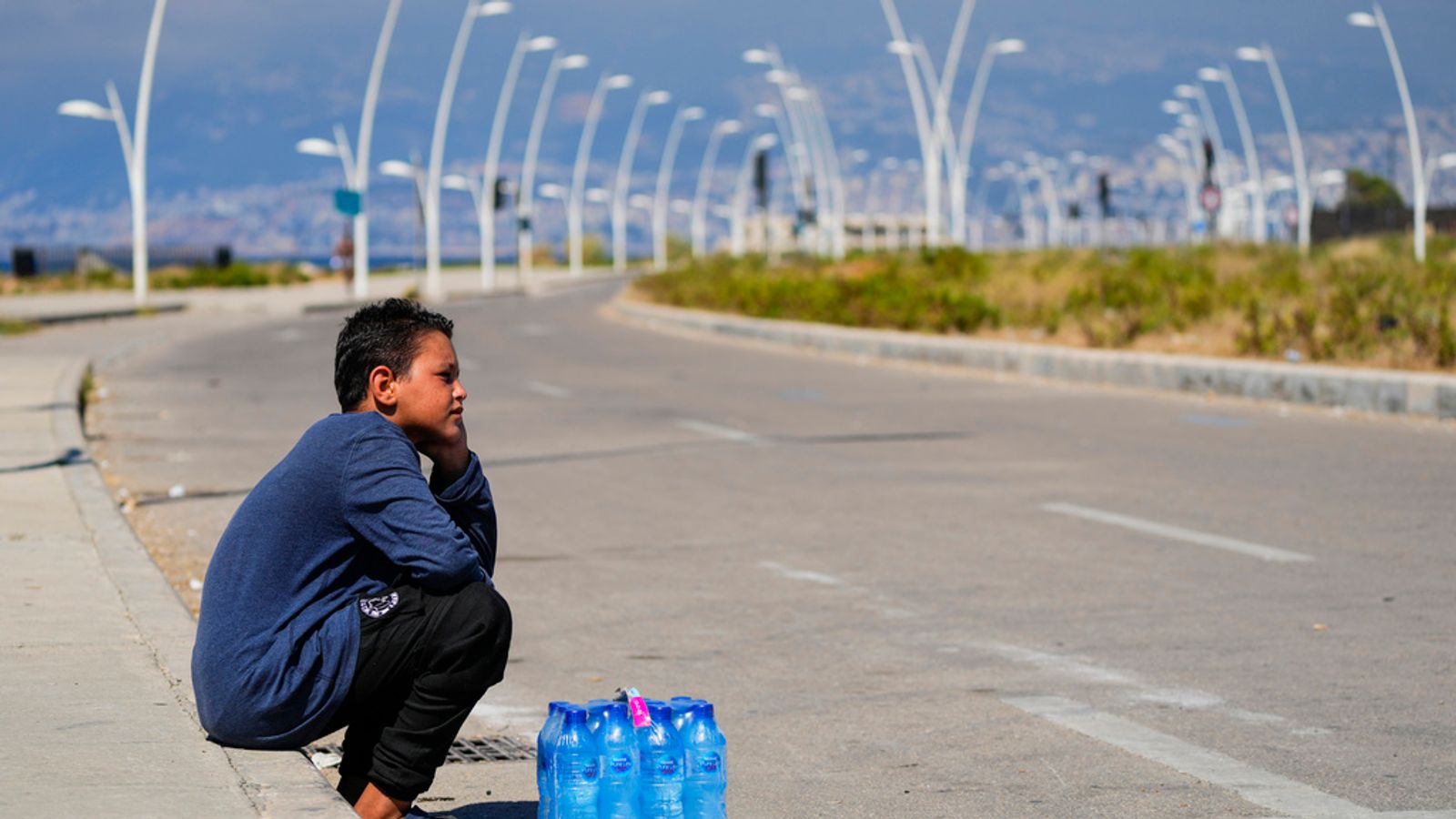A quarter of the world’s population is currently exposed to extremely high annual water stress, according to new data from the World Resources Institute (WRI).
The WRI’s Aqueduct Water Risk Atlas found 25 countries are currently suffering from extreme water stress every year – with Bahrain, Cyprus, Kuwait, Lebanon and Oman the worst affected.
An even higher proportion is exposed to water stress at least some of the time.
Currently, half of the world’s population endure extremely high water stress at least one month of the year, a number the WRI predicts will rise to 60% by 2050.
By then an additional one billion people are expected to have to live with extreme water stress, even if global temperature rises are limited to between 1.3C and 2.4C by 2100.
Current policies put the planet on track to warm by about 2.4C above pre-industrial levels by the end of this century.
“People like to think about climate change as the biggest existential threat to humanity,” says Crystal Davis, global director of WRI’s Food, Land and Water Program.
“But water stress is climate change’s deadliest and most used weapon.
“Water is essential to nearly every crisis we face, because when we don’t have enough water, we don’t produce enough food or energy.
“We can’t keep people healthy, wildfires intensify, people migrate, conflict ensues, and equality worsens.”
What is water stress?
Water stress is a measure of how much of its available water supply a country must use to meet demand.
The WRI says countries are experiencing “extreme water stress” when they are using over 80% of their renewable water supply every year.
The higher the water stress, the more vulnerable a country is to water shortages, especially during periods of peak demand like during a heatwave.
What happens when countries use all their water?
“If a country is using 100% of its available supply, usually you’re going to start to see a few bad things happen,” says Charles Iceland, director of Freshwater Initiatives at the WRI.
“Groundwater levels drop, rivers dry up, lakes dry up, wetlands dry up and we’re seeing that across places in the Middle East, like Iraq and Iran.”
Water stress also has a particularly large impact on a country’s agriculture and energy production.
Currently, 60% of the world’s irrigated agriculture is grown in areas with extreme water stress, meaning crops are at a heightened risk of failing in periods of dry weather.
Some forms of energy production also rely on water, which is used to generate hydropower or to cool power plants.
What can be done?
Previous analysis by the WRI calculated that it would cost about 1% of global GDP to achieve water security for the whole world by 2030.
Methods that could be used to do this include making water usage in agriculture more efficient, treating and reusing wastewater and employing nature-based solutions.
But they say these solutions will struggle to be implemented without the necessary political will and financial backing.
Where has the highest water stress?
The worst affected region is North Africa and the Middle East, where 83% of the population is currently exposed to extremely high water stress. By 2050 that figure is expected to rise to 100% of the population.
South Asia is the second worst affected region, with 74% of the population there exposed to extremely high water stress.
The 25 counties currently experiencing extreme water stress annually are (in order):
- Bahrain
- Cyprus
- Kuwait
- Lebanon
- Oman
- Qatar
- United Arab Emirates
- Saudi Arabia
- Israel
- Egypt
- Libya
- Yemen
- Botswana
- Iran
- Jordan
- Chile
- San Marino
- Belgium
- Greece
- Tunisia
- Namibia
- South Africa
- Iraq
- India
- Syria

